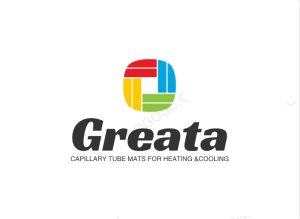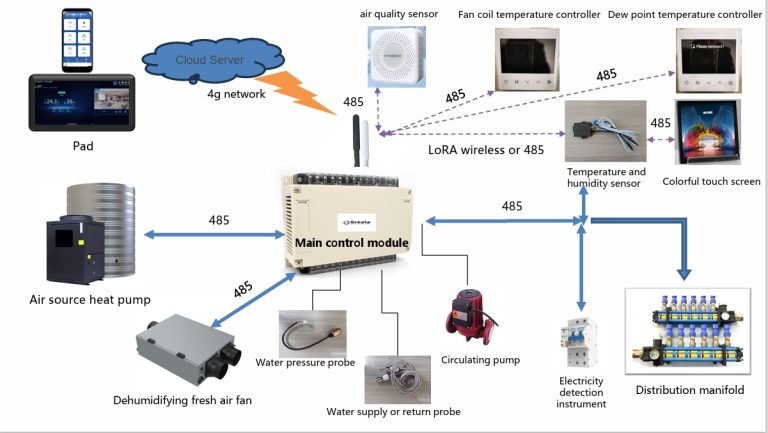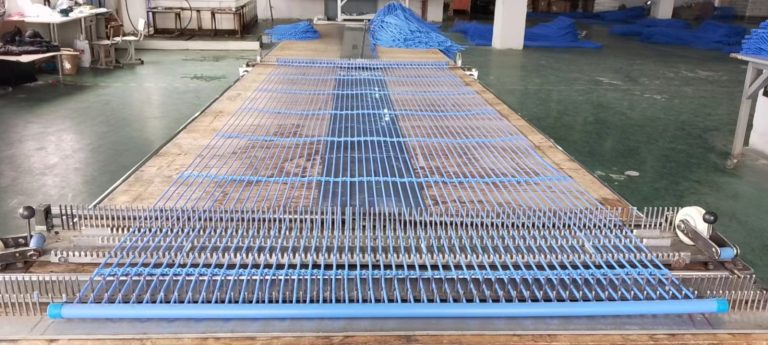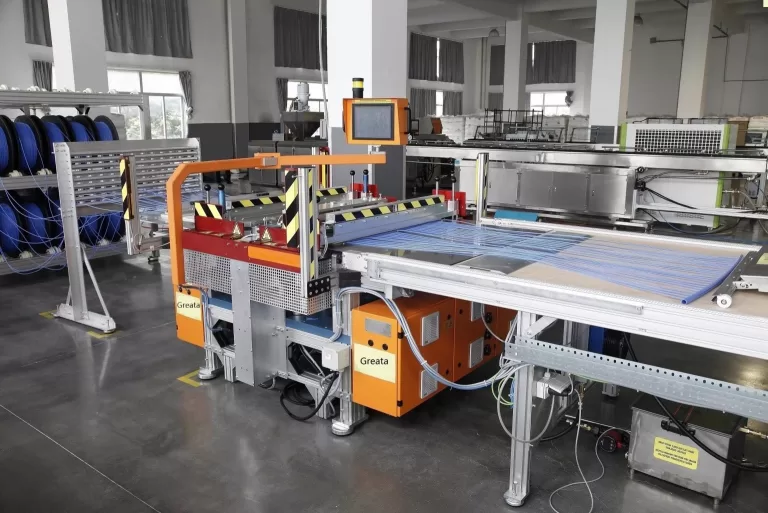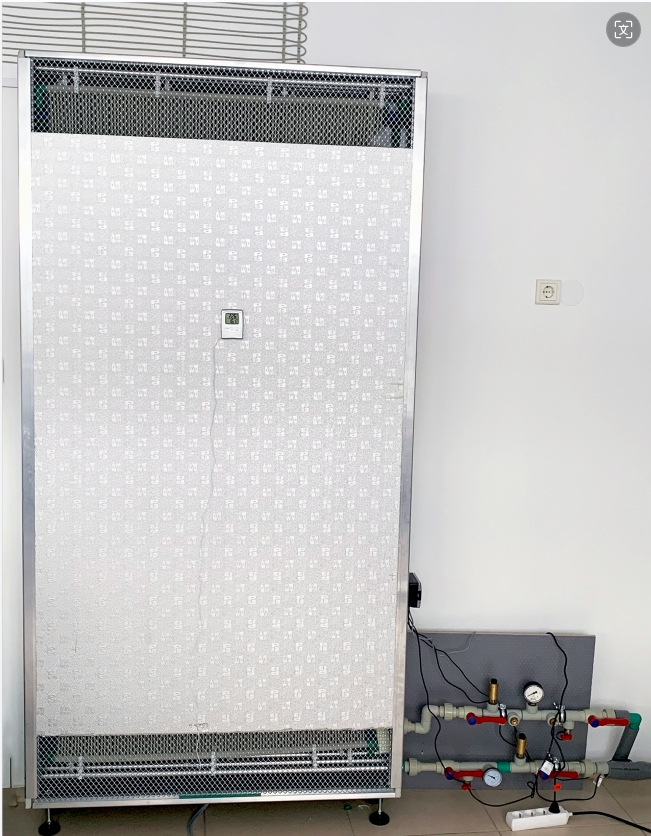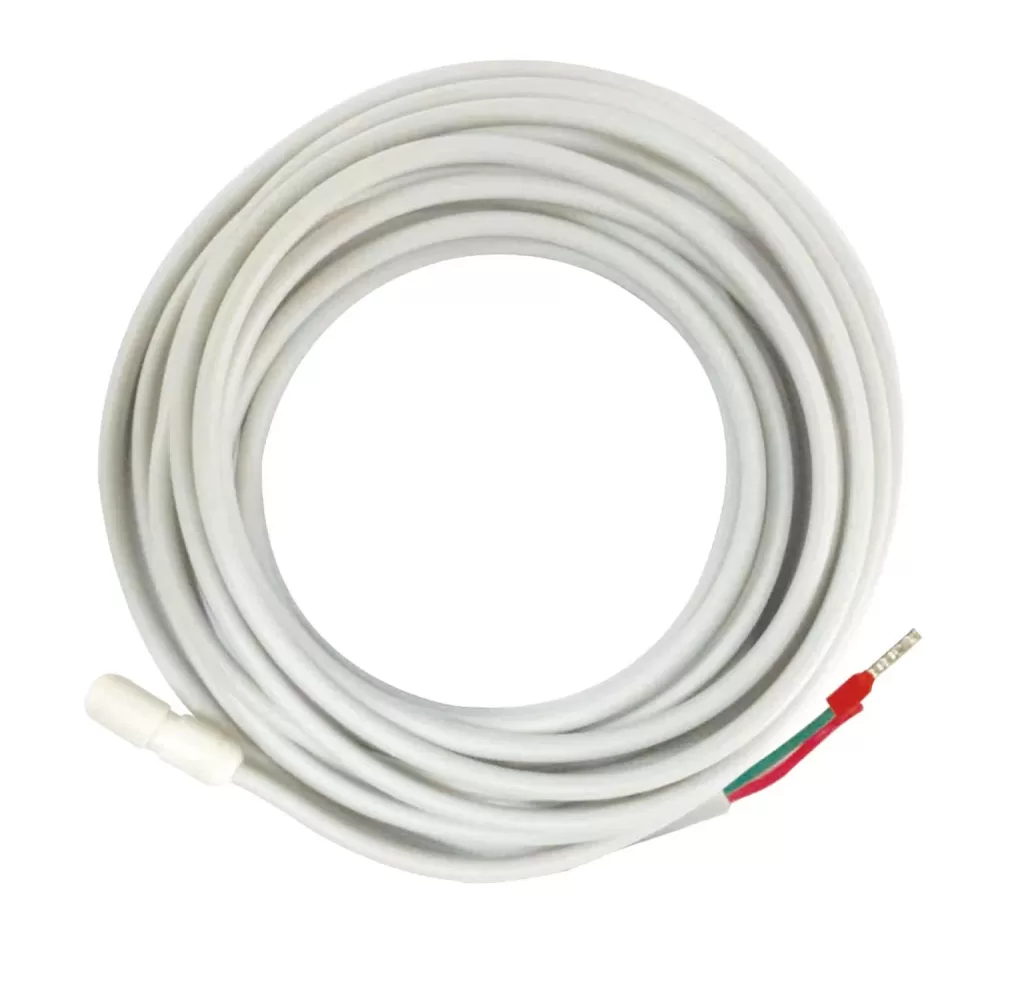
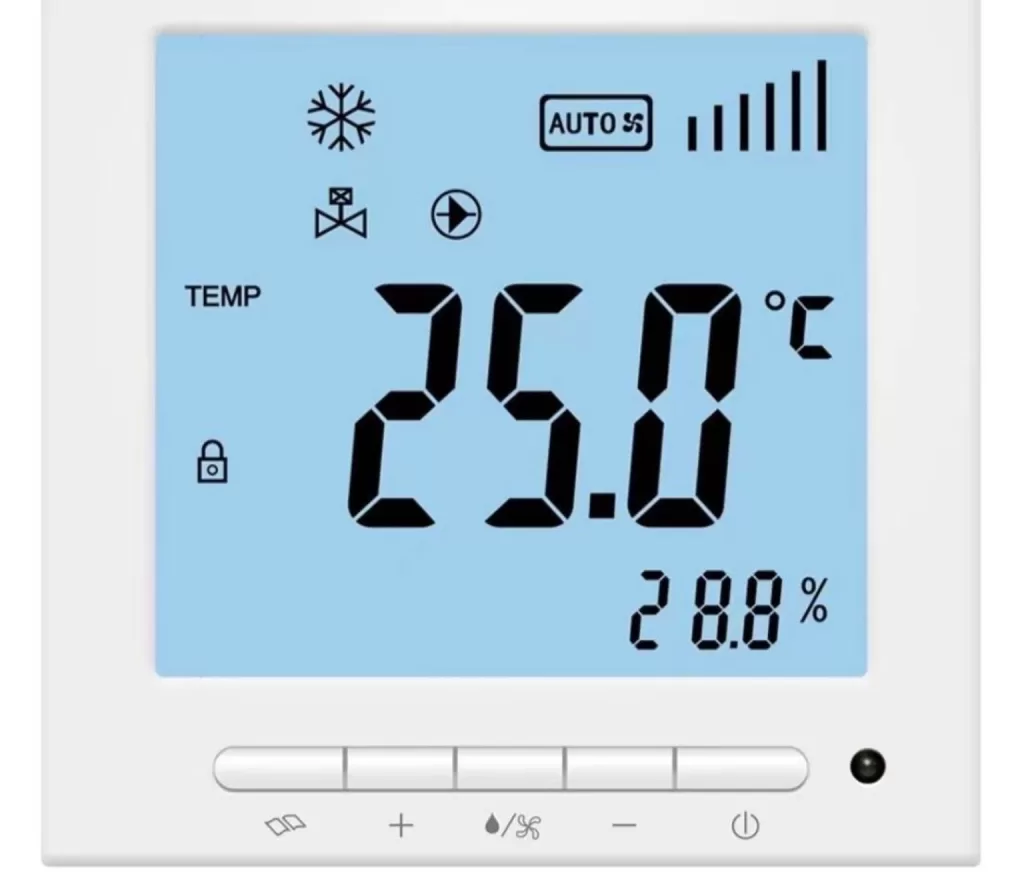
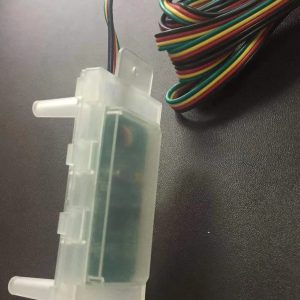
- Question: Will condensation occur on the cold radiation surface?
Answer: The radiation surface temperature of the radiation system is generally lower than the dew point before condensation occurs. This plan adopts a reasonable and effective dehumidification system to ensure that the cold radiation surface temperature is always higher than the dew point. At the same time, dew point temperature protectors are installed at unfavorable points in each room. When condensation danger is detected, the system will automatically shut down to ensure safety.
1) High temperature cold source: The system adopts 18 ℃ high temperature cold water, while ensuring that the capillary network is laid with sufficient area.
2) Humidity control: Utilizing a fresh air condensation dehumidification system to ensure appropriate humidity in the indoor air, ensuring that the dew point temperature is always lower than the surface temperature of the cold radiation.
3) Dew point protection temperature controller: Each room is equipped with a dew point temperature protection system and intelligent room temperature control.
To solve for the dew point in a capillary tube mat system, you can follow these steps:
- Understand the system: A capillary tube mat system is a type of air conditioning system that uses capillary tubes to distribute refrigerant to various parts of the system. The dew point is the temperature at which air becomes saturated with water vapor and begins to condense.
- Gather necessary information: To solve for the dew point in the capillary tube mat system, you will need to know the operating conditions of the system, including the temperature and humidity of the air entering the system, the pressure and temperature of the refrigerant in the capillary tubes, and the dimensions and materials of the capillary tubes.
- Use psychrometric charts: Psychrometric charts are graphical representations of the thermodynamic properties of moist air. By using a psychrometric chart, you can find the dew point temperature by locating the intersection of the air’s dry bulb temperature and relative humidity lines.
- Apply thermodynamic principles: Use the principles of thermodynamics to calculate the dew point temperature based on the properties of the air and the refrigerant in the capillary tube mat system. This may involve using equations that relate temperature, pressure, and humidity to determine the dew point.
- Consider system design and operation: The design and operation of the capillary tube mat system can also affect the dew point. Factors such as the length and diameter of the capillary tubes, the flow rate of the refrigerant, and the heat transfer characteristics of the system will all influence the dew point temperature.
- Seek professional assistance if needed: If you encounter challenges in solving for the dew point in the capillary tube mat system, consider consulting with a professional HVAC engineer or thermodynamics expert who can provide guidance and assistance in analyzing the system and determining the dew point temperature accurately.
By following these steps and considering the specific conditions and characteristics of the capillary tube mat system, you can effectively solve for the dew point and ensure the proper functioning of the system.
